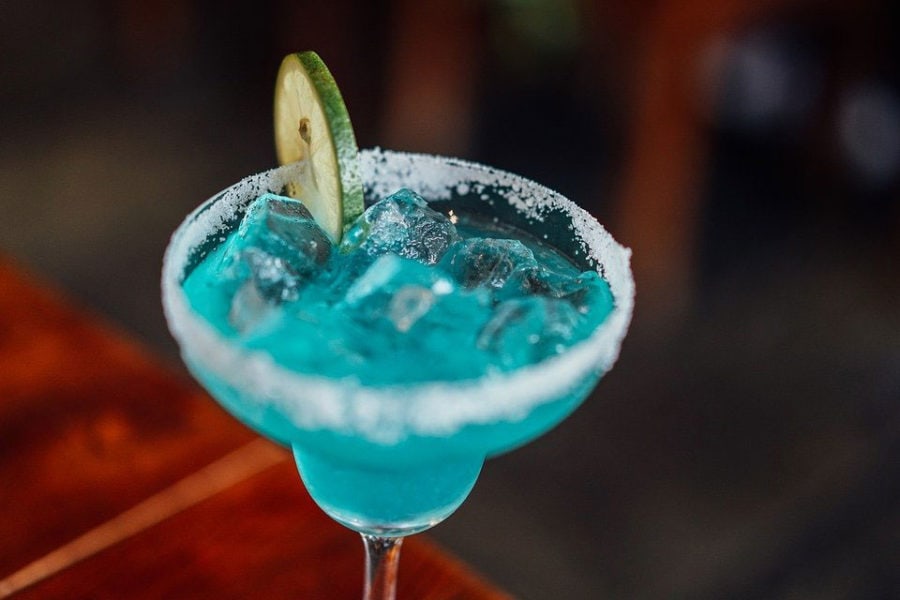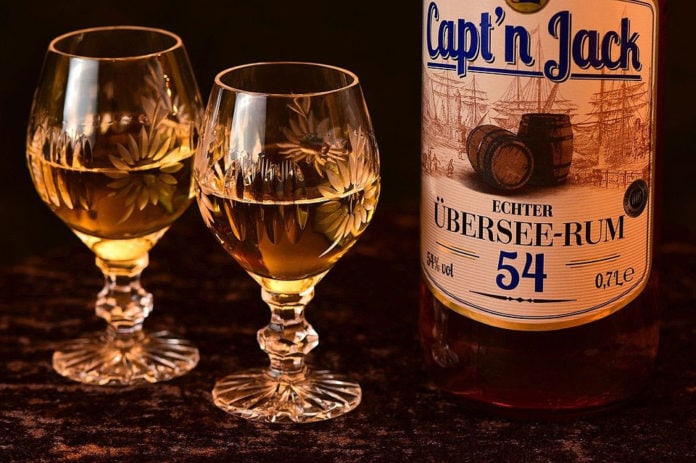There are many types of liquor out there, and most people don’t know the differences between them. This article aims to teach you some of the basics about what these different types of alcohols consist of so that you can have a more informed opinion on what type is right for you.
Liquor is simply distilled spirits with added flavorings or coloring. It usually contains 40% alcohol by volume (80 proof) though it can be as high as 90%. In addition to this, liquors also contain water and other additives such as sugar or glycerol, which help stabilize their consistency. There are a few main categories: well, call, premium, and top-shelf liquor. This article will explain the differences between all of these.
Well Liquor
The term “well” refers to bar-rail drinks, referring to the rail along where the bartender mixes drinks. These are usually served in a shot glass and are not of high quality—in fact, they are often made with the cheapest available liquor. That’s why they’re usually called “bottom shelf”, but they’re also known as “house” and “rail”.
The main reason these drinks are so cheap is that they are made in massive quantities. As well as this, their shelf life is very short—about three months or less. Well, liquor can quickly lose its flavor over time, meaning it often needs to be replaced more often on the shelves. These may include Gordon’s, Ron Castillo, Jim Beam, Barton’s, and sometimes Smirnoff as well. The folks behind this site suggest searching online to find out more about some cheap as well as more expensive liquor brands. These liquors are usually used in mixers, though they can sometimes be found on their own—for example, at parties or other events.
Call Liquor
Call liquors are a little bit different than well liquors. Call liquors are usually of slightly better quality than well liquors, but they aren’t nearly as good as the next category—premium liquor. Call liquors tend to be used for shots or with mixers (though not always). Some examples include Jack Daniel’s, Morgan, and Beefeater’s. If a person orders a whiskey and coke, that would be considered a well drink. On the other hand, if a person asks for Jack and Coke, that would be a call drink. Call drinks are known as such because the customer calls or requests them.

Premium Liquor
The term “premium” used to mean that the distilled spirits, especially whiskey or vodka, were made by smaller companies with higher standards of production. Nowadays, however, the term “premium” is applied more generally to liquors that are either of superior quality assurance or simply aged for longer periods. These types of liquor tend to be aged for at least three years. Premium liquors such as Johnnie Walker, Smirnoff 100, Jameson, Chivas, and Absolut are usually aged for a minimum of three years. These types of liquor tend to be used in mixed drinks or cocktails more than others.
Top-Shelf Liquor
Some bars don’t differentiate top-shelf drinks from premium ones, though top-shelf (or sometimes “super-premium”) generally means that the drink is of superior quality. These liquors can include Grey Goose, Belvedere, and Patron, among others. Generally, a bottle of top-shelf drink in a store can cost you up to $100 or more.
Top-shelf liquors are far too expensive for bars to use in general drink mixing, but bartenders will usually offer it at customer request.
What To Drink?
Generally speaking, you should choose your drink depending on your mood and situation. Here are some suggestions for different occasions:
- “Call” drinks – If you’re looking to get drunk cheap, this is the liquor right for you.
- “Well” drinks – If you’re looking to socialize with some friends and don’t want anything too potent, this is the liquor for you.
- Premium or top-shelf liquor – It’s generally suggested that premium liquor should be saved for special occasions—it’s just the right thing to do! On these special occasions, you should invite over someone you really like and share the drink with them.
Drinking alcohol is a lot like food. You can’t just drink anything and expect it to taste good, but you also need the right environment for drinking certain types of liquor. The four categories we’ve discussed—well, call, premium, and top-shelf are all used in different ways depending on your situation or mood. If you’re not sure what kind of liquor to order at a bar, think about how much money you want to spend and whether this will be an occasion where you’ll share with someone special. We hope this article has helped you understand the differences between liquors.
Carol
Information sourced by the author for luxuryactivist.com. All content is copyrighted with no reproduction rights available. Images are for illustration purposes only.
